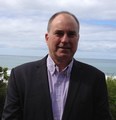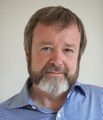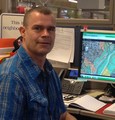Beyond the Guidebook 2015: “This is a true gift to everyone, individually and writ large,” says Erik Karlsen

“This is superlative work. It records so much in visual and conversational ways that everyone who reads it will see how changes are informed and guided towards collaborative action to achieve real results. You have connected the dots enabling those who were part of the stories to see how they have contributed in so many meaningful ways for themselves and their communities of place and practice,” stated Erik Karlsen.










